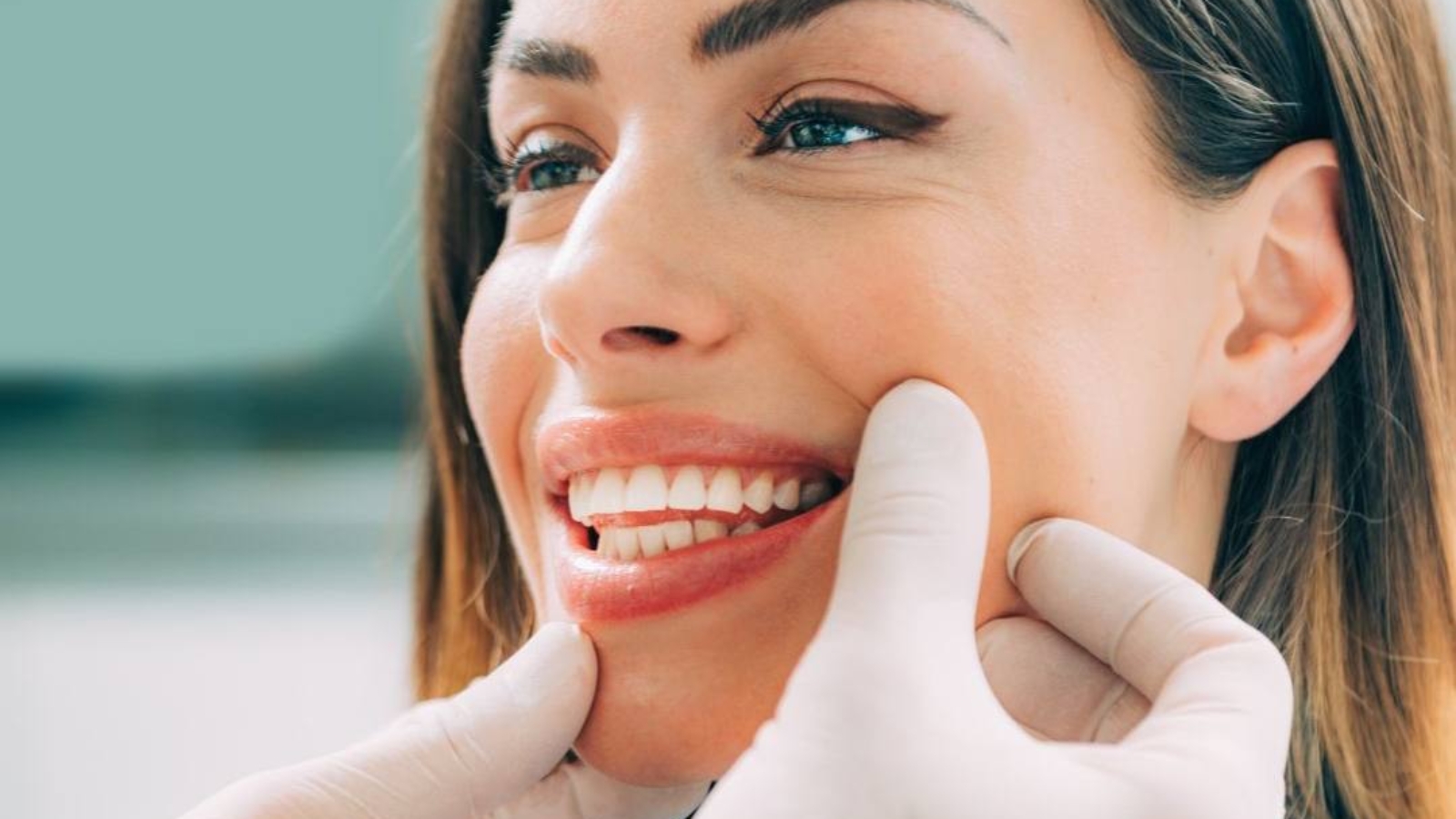Modern artistic restoration allows not only to eliminate enamel defects but also to precisely recreate the natural tooth shape with a focus on smile aesthetics. At DentalClinic24, where the restorative approach is developed with the involvement of Professor Alexander von Breuer, restorative treatment is viewed as a refined process combining dental precision with visual modelling. We pay attention not only to colour but also to microtexture, translucency, proportions and the way the tooth interacts with the surrounding soft tissues.
The procedure is indicated in cases of chipping, wear, discolouration, microcracks, aesthetic imperfections or after orthodontic treatment. At DentalClinic24, the process begins with digital diagnostics and 3D modelling of the expected result. This allows us to pre-evaluate aesthetic compatibility and adapt the tooth shape to facial symmetry. For more complex cases, Professor von Breuer participates in defining aesthetic parameters, especially when it is essential to balance functionality and visual harmony.
We use advanced composite materials with high translucency to achieve natural aesthetics. At DentalClinic24, restoration is performed in layers – each layer is matched in shade and texture, resulting in a highly natural look. This technique ensures durability and resistance to external factors. When necessary, restoration is complemented by bite adjustment to minimise overload on the treated tooth.
Artistic restoration is often an alternative to prosthetic solutions such as crown placement. At DentalClinic24, whenever sufficient healthy dental tissue is preserved, we prioritise minimally invasive treatment that maintains the natural tooth structure. Clinical practice confirms that precise tooth modelling and appropriate material selection directly influence the longevity of the result and seamless integration with neighbouring teeth.
The procedure is painless and performed using modern anaesthetic protocols. At Dental Clinic24, special attention is given to final finishing and polishing – this step ensures natural light reflection and pigmentation resistance. Such attention to detail allows us to achieve a result indistinguishable from a natural tooth. Following Professor von Breuer’s recommendations, we monitor the restoration after treatment to assess how it adapts to functional load.
Earlier, we wrote about dental crowns and how to restore aesthetics and function with long-lasting results

